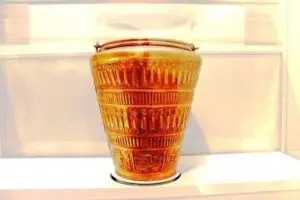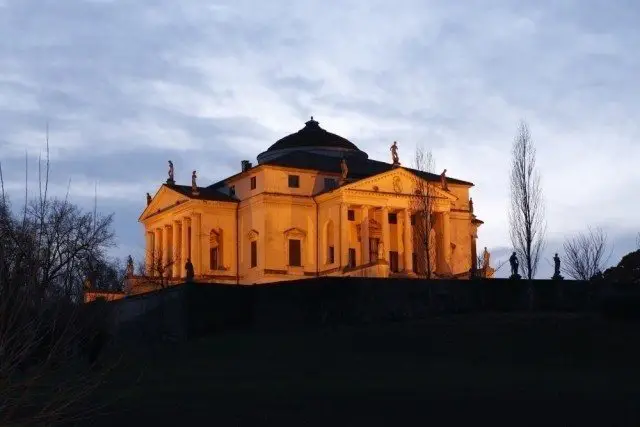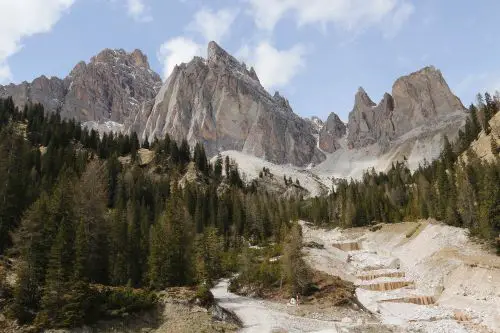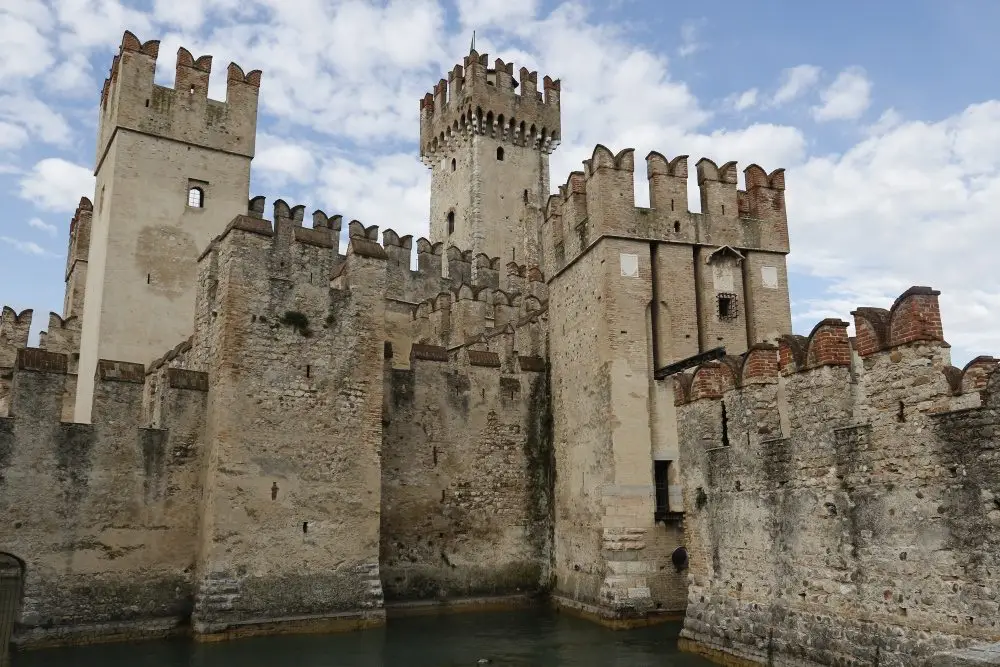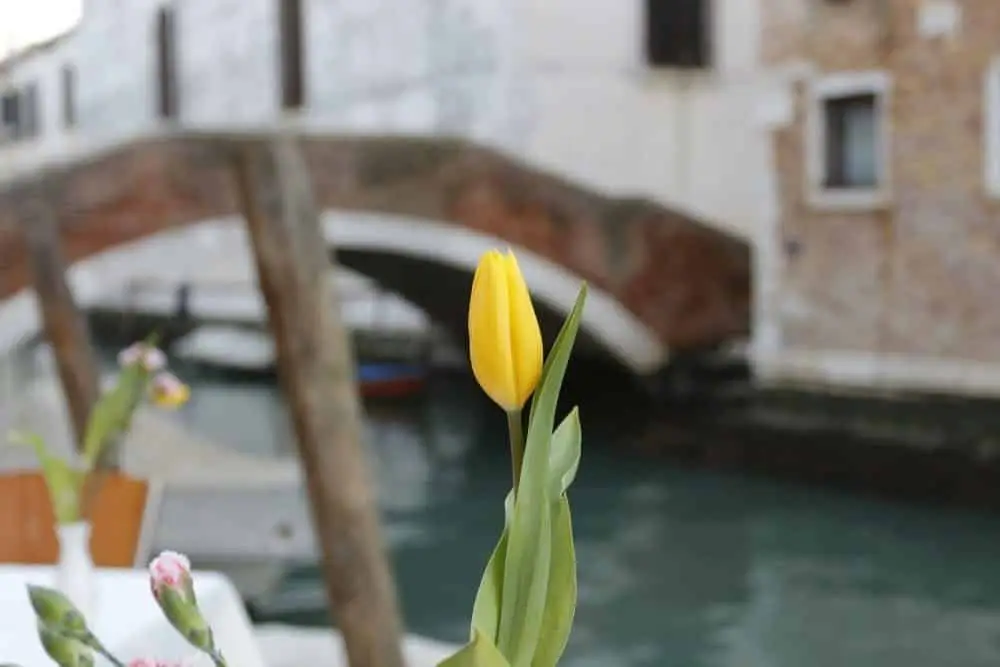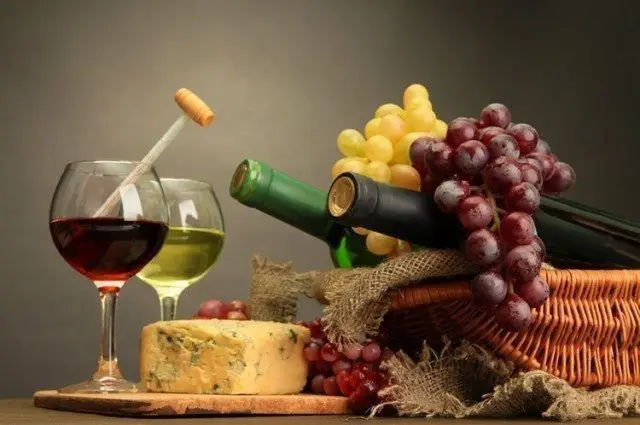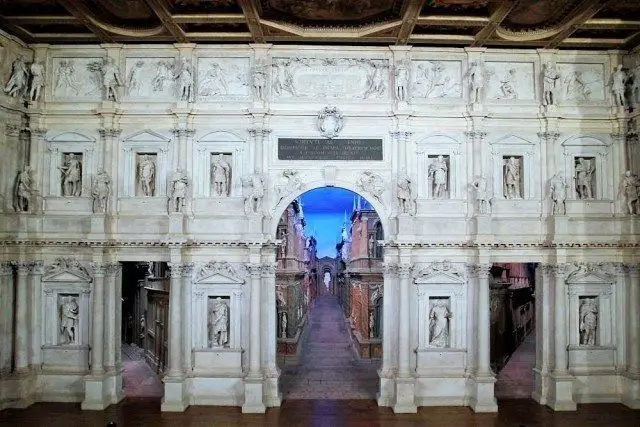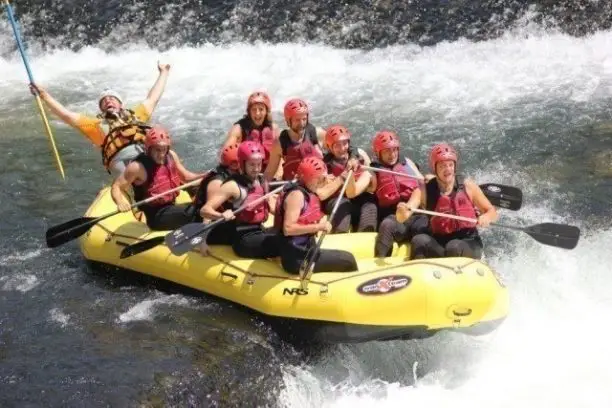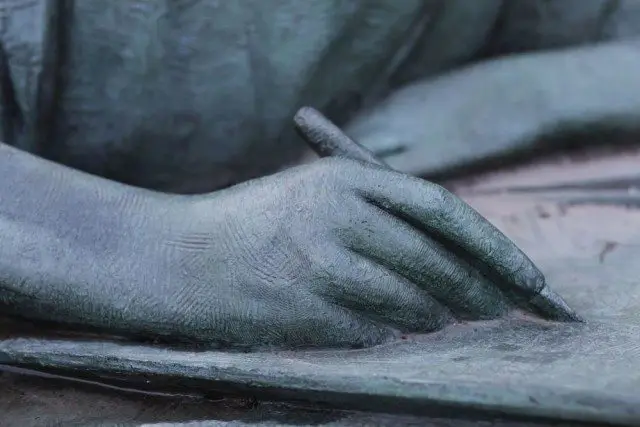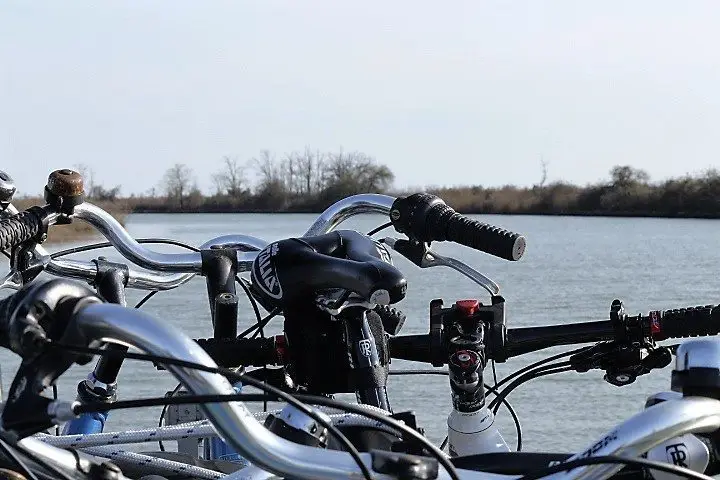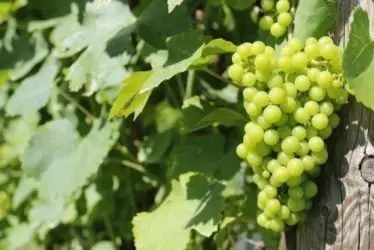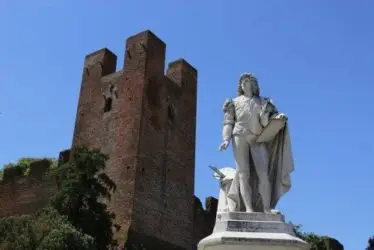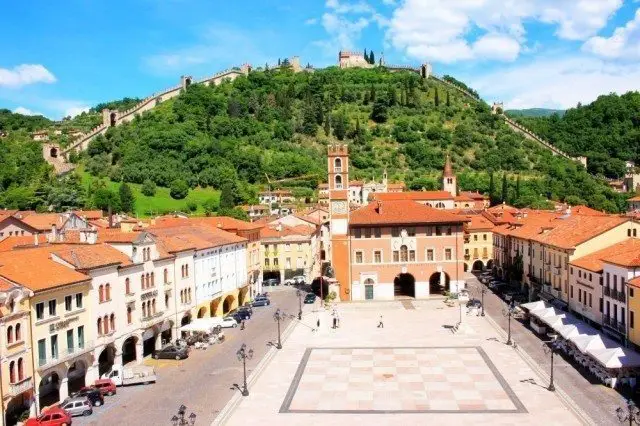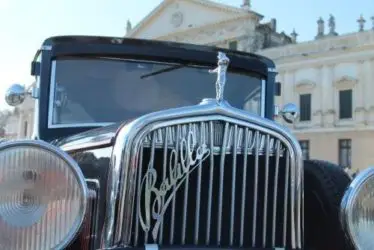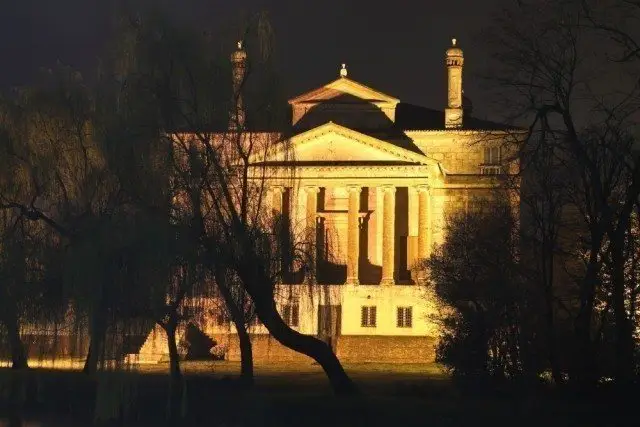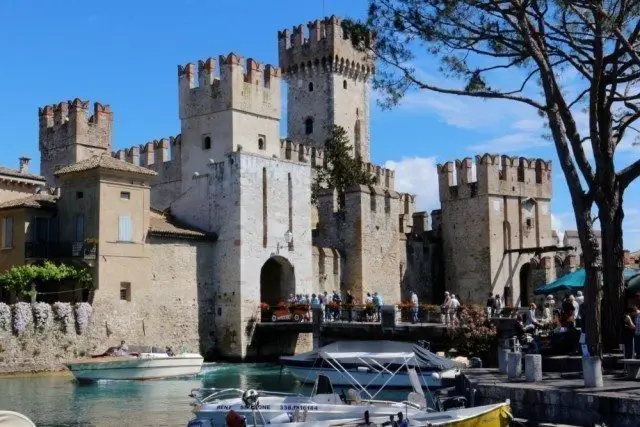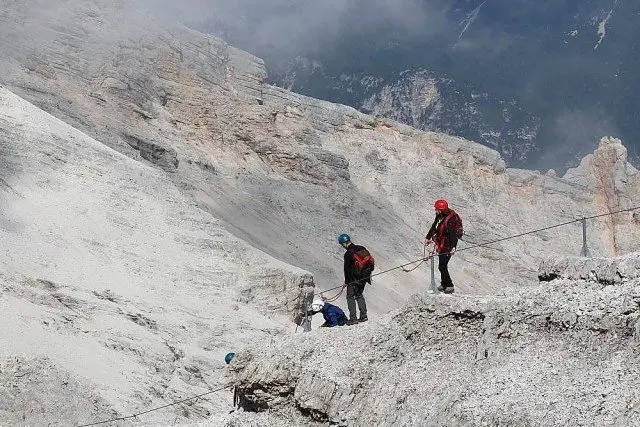
Veneto region Saint Mark Republic
Who were the Veneti
Veneto region in the northeast of our peninsular has always got an important role in the Italian history. It extended from the Po Delta to the upper valley of the Piave river. In this area, from the twelfth to the first century BC grow the development foundations. In fact, along the Po river, there were the most important European trade centers of that time. Most noteworthy, the amber was arriving in this area from the Baltic, a product that was a precious and magic resin in high demand. There was also refined metallurgic production, bone and glass works. As well the exchange of exotic goods like ivory and ostrich eggs. The maximum expansion of the Veneti is between the sixth and the beginning of the fourth century BC.
Trade and other cultures
How much more valuable left by the Veneti is the situla. The masters of this art created on a sheet of bronze a figurative world that still surprises. It’s the most explicit narrative of the ideals, the collective imagination, the social and political life.
The environment
About the landscape, the vast plain was fertile thanks to several rivers and remains the privileged place for hunting and timber. As well as the horse farm which made famous the Veneti and the Veneto region in all the Mediterranean. In the mountain areas, we have the interaction between the Celts and the Romans that leads to progressive social and cultural transformations.
Most of all, the opening of these people towards other cultures was really great. The reason? Because they were able to assimilate the contributions and the influences. And also they were smart to acquire new knowledge where the geographic site favors the Veneti known as brilliants on the trade. Certainly, it is due to an area that overlooks the lagoon and projects in the Adriatic sea. In all the territory there was a complex system of waterways that was the natural way of penetration to the transalpine regions.
The Roman Empire
But on the threshold of the second century BC, the north-eastern Italy was in a deep change. It is the time when Rome projects itself to the conquest of the peninsula. Therefore the Empire begins to enter the Veneto region in its own sphere of action. And at the end, it’s an achievement that does not resort to coercive instruments. The Romans made a transformation of the politic and the territory of the region in just a little over a century.
The main project of this process was to facilitate the armies movement. In fact, the Romans built roads where, with men, also move the goods and, above all, ideas. Anyhow around the middle of the second century BC, important roads crossed the Veneto. Some of these roads are the Via Postumia and the Via Annia. The first was the road from Genoa to Aquileia and the second from Bologna to Aquileia.
The Venetians and the Roman Empire
The Venetians had been open for centuries to intense commercial and cultural relations with the Celtic world. But they defend their political autonomy allied themselves with Rome. In Roman times the lagoons had a larger extension than the present ones. And all the towns on the plain or on the edge of the lagoon played a port function.
The roads network
The Romans founded Aquileia in 181 BC. Hence the eastern Venetian cities, with Aquileia, became the bases of the Roman operations in the upper Adriatic. As a result, they made the first road network to reinforce the military device. In 148 BC they traced the Via Postumia from Aquileia to Genoa. From East to West, a road that passed also through Verona and Cremona. Worth a note, the Via Postumia joined to Rimini, in Emilia Romagna region, through Adria thanks to the Via Popilia (132 BC). Therefore, Via Annia was the main road of the Veneto, which linked Adria to Aquileia through Padua and Altino.
The centuriation
In 89 BC, they started the land surveying settlement, known as the centuriation, in the country. In a few decades the Veneto cities, which became the capital of municipium, changed their appearance. For sure, with the construction of brick walls and the renovation of the urban layout. In the Augustan Age, Padua, a commercial and woolen fabric production district, surpassed all the other cities. Its territory included the centers of Abano and Montegrotto. Already important and well equipped spa centers.
The three centuries from 150 BC to 150 AD are a period of peaceful and prosperous provincial life. But in the last decades of the second century AD, a new cycle begins. That will end with the disintegration of the late antique world.
After the decline of the Roman Empire
Throughout the Veneto, in the 6th and 7th centuries, the cultivated areas regressed, woods and swamps expanded. Uncultivated zones grow between an agriculture area and the other. All cities reduced their built and inhabited space. The Roman roads became impassable, and the little trade moved on the dense network of waterways. Within the space of a few generations, the plain turns into a progressive marsh. As a result, this situation made impenetrable extensive coastal areas and ancient lagoons.
At the dawn of the Middle Ages
Furthermore, there is the rising of the riverbed that caused devastating floods. A wide area of sparsely populated lands, rich in water and woodland, divided the Lombard side from the lagoon of the Veneto region. After the conquest of Charlemagne, They reorganized the region into countries and frontier territories. But the feudal system had to coexist with elements of the Roman legal tradition. In conclusion, we are at the doors of a new era: the Middle Ages.
From the land to the lagoon
On the other hand, the development of the subregion of the lagoon was totally peculiar. First of all, at the end of the sixth century, we see the migration of local people from the land to the lagoon. In fact, the settlement of the Lombards pushed the populations of the Venetian cities. Most of them towards the edges and the emerging lands of the lagoon. Furthermore, In the 7th century, a Byzantine theme entered in the community, with local magistrates, dependent on the Ravenna exarch.
The birth of Venice
At the beginning of the 9th century, the seat of the Doge was in a group of islets. That together formed the “civitas Revoalti”, an area known as Rialto. Important note, the Doge is no longer a Byzantine officer. But the leader of the lagoon aristocracy. As well as the name “Venetia” will be transferred from the Augustan region to the lagoon town. Precisely, in the twelfth century. As a result, on these small lands emerged in the IX and X centuries, we have the first nucleus of the town. In fact, these small lands will join together step by step in order to form a single set that a dense network of canals will across.
The Doge
Worth a note, the name Doge derives from the Latin dux and means leader. At the foundation of the town, they elected Agnello Partecipazio as first Doge. Thus the Venetian Republic known as La Serenissima started and will last 1000 years. Furthermore, in 828 they brought the relics of St Mark the Evangelist, from Alexandria, the saint that became the protector of the town.
The strategic position
Hence, from the 9th to the 13th century Venice became very rich due to its position between East and West. In fact, with its maritime and commercial power, it conquered important markets in all the Adriatic and eastern Mediterranean seas. In the 15th century, the Venetian power was at its peak. In fact, they held the kingdoms of Morea, Cyprus, and Candia (Crete). As well as in the mainland, they captured all the main cities of the Veneto region with Brescia and Bergamo. In conclusion, the Adriatic became the Venetian Sea from Corfù to the Po.
The decline of the Republic
However, it seems that the decline of the Republic of Venice started in 1453. As a result, it was the year that the Turks conquered Constantinople. As well as with the discovery of America. But the most important event was the War of the League of Cambrai at the beginning of the 16th century.
The government
The government of the Republic, from its earliest days, organized itself to avoid the rise to power of any one man. First of all, several councils supervised the role of the Doge. As the Grand Council drew up the laws. Hence the Senate was responsible for foreign affairs. As well as military and economic matters. Furthermore, the responsible for the security was the Council of Ten that kept also a network of secret police and informers which created an atmosphere of mistrust but ensured control of all aspects of the city life.
The border regions of the Veneto
As we can see the Veneto region is located in the Northeast area of Italy and it borders with four Italian regions. And these are Friuli-Venezia-Giulia, Trentino-Alto-Adige, Lombardy, and Emilia Romagna.
On our days, the Veneto region is divided into 7 provinces. The main towns of each province are:
Venice, Padua, Vicenza, Verona, Rovigo, Treviso, Belluno.
…And now let’s discover this region…
Some suggestions of our sightseeing tours, city tours, day trips, outdoor activities
Andrea Palladio
Here you find more details and some itineraries of his works. Hence the villas and palaces. Also, most of them are in the UNESCO World Heritage List.
The Dolomites
Skiing, climbing, hiking, cross country skiing … Discover these mountains all year round. Resorts known as a UNESCO World Heritage Site.
Medieval towns
Middle Ages walled towns, monasteries, castles and convents used until our days. Hence a day tour to discover this period of our history.
Culture and Leisure
The day excursions are with the different themes combining each them. Hence for sure they offer a wide range of argument that can satisfy all your needs.
Wine food tasting
This region is well-known for important wines like prosecco, Amarone, Soave… Asiago cheese, cold cuts, fish… in conclusion let’s make a toast!
Art cities
As a result you will find the 7 province capitals of this region rich in art and beauty. Hence treasures of our history, they preserve important Italian masterpieces.
Outdoor activities
Trekking, speleology or rafting. Also nordic walking, as well as canyoning and mountain bike. A great solution for all ages to discover the region, with professional guide.
Handicraft
A wide range of unique products. Made with love and passion that gone from generation to generation. These are masterpieces that continue to maintain their own identity.
Cycle routes
Explore the Veneto with the bicycle. A great idea and a different travel opportunity. Because pedaling along bike paths, trails, and lanes, means to discover masterpieces.
SIGHTSEEING IN ITALY
Veneto region
==========================================
“There is no world without Verona walls,
But purgatory, torture, hell itself,
Hence banished is banish’d from the world,
And world’s exile is death…..”
“Romeo and Juliet”, Act 3, Scene 3
– William Shakespeare –
==========================================

